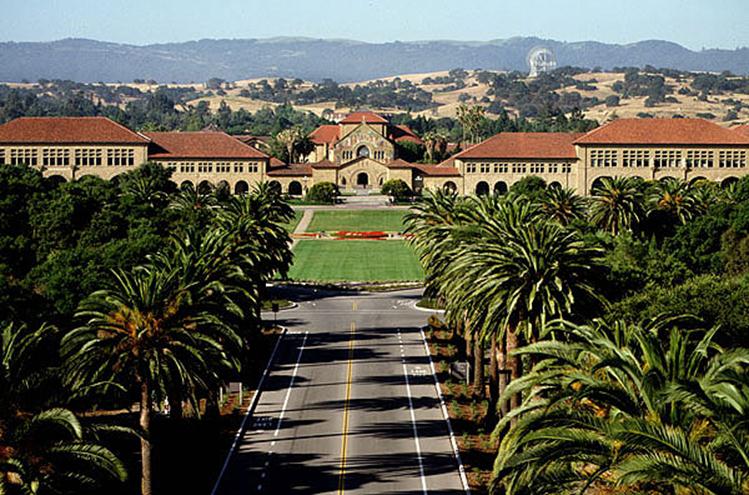Stanford University And Silicon Valley
June 2, 2012 in Daily Bulletin, Signature

Ken Auletta took a comprehensive look at Stanford University, its recent history, and its management. He found that there was a slightly troubling relationship between Stanford and Silicon Valley. Highlights include:
- Notable names such as Eric Schmidt of Google often mingle with the students and make appearances in some of the classes.
- Stanford is in many ways the farm that produces the engineers that Silicon Valley harvests. 5% of Google’s employees are graduates of Stanford. Stanford proudly states that companies that can be traced to the university include: Hewlett-Packard, Yahoo, Cisco Systems, Sun Microsystems, eBay, Netflix, Electronic Arts, Intuit, Fairchild Semiconductor, Agilent Technologies, Silicon Graphics, LinkedIn, and E*Trade.
- One former dean believes that this close relationship between education and industry mirrors the history of Stanford itself. It was formed while the gold rush was still on going, and just a few decades after California had actually become a state. The university had to attract pioneers who were willing to challenge established norms, and were willing to work with business.
- Faculty at Stanford frequently invest in the start-ups of their students. Auletta reckons that there are more millionaire faculty in Stanford than at any other university in the world.
- The wealth that is generated by Silicon Valley often comes back to Stanford. In the past seven years Stanford has raised more money than any other university. After Google went public, for example, it made over 300 million dollars.
- More than half of all Stanford Graduate students are engineers. At Harvard it’s just 10%.
- The current President of Harvard sits on the board for Google. People have criticized this because it encourages university faculty to make pro-Google decisions in an effort to please the President.
To read many more details, including why Tiger Woods remained unknown at Stanford, the ways that Google has tried to influence the university, why Stanford won’t be opening a New York campus, how HP got its start, the diversity at Stanford, the threat that online learning may pose, and the innovative T-student model, click here.
Source: New Yorker
Via: Freakonomics
Join the Discussion! (No Signup Required)